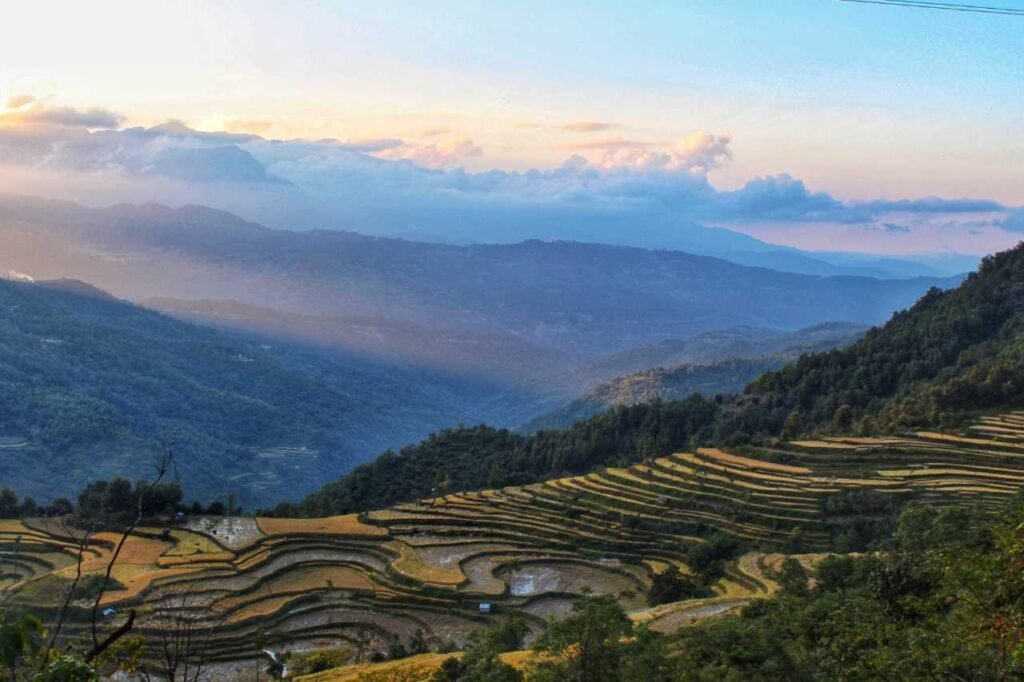Pincodes of Phek
Explore the array of Phek pincodes facilitating precise navigation across this enchanting district in Nagaland. From the vibrant townships to the serene rural landscapes, Phek pincodes streamline communication and parcel deliveries seamlessly. These codes serve as an essential tool for efficient addressing, ensuring letters, packages, and services reach their intended destinations hassle-free. Discover the intricate network of Phek’s diverse locations through these pincodes, enabling accurate correspondence and connectivity. Whether sending or locating, these codes play a pivotal role in enhancing local experiences.

Here is a list of Phek Pincodes
| No. | Location | Pincode | District | State |
|---|---|---|---|---|
| 1 | Akhegwo | 797114 | Phek | Nagaland |
| 2 | Chetheba | 797104 | Phek | Nagaland |
| 3 | Chizami | 797102 | Phek | Nagaland |
| 4 | Chizami Village | 797102 | Phek | Nagaland |
| 5 | Chozuba | 797104 | Phek | Nagaland |
| 6 | Dzulhami | 797104 | Phek | Nagaland |
| 7 | Hutsu | 797114 | Phek | Nagaland |
| 8 | Ketsapo | 797108 | Phek | Nagaland |
| 9 | Khezhakeno | 797107 | Phek | Nagaland |
| 10 | Khuzami | 797108 | Phek | Nagaland |
| 11 | Kikruma | 797107 | Phek | Nagaland |
| 12 | Kilomi | 797104 | Phek | Nagaland |
| 13 | Lephori | 797114 | Phek | Nagaland |
| 14 | Losami | 797108 | Phek | Nagaland |
| 15 | Luzaphuhu | 797108 | Phek | Nagaland |
| 16 | Meluri | 797114 | Phek | Nagaland |
| 17 | Mesolumi | 797107 | Phek | Nagaland |
| 18 | Middle Khomi | 797102 | Phek | Nagaland |
| 19 | Old Phek | 797108 | Phek | Nagaland |
| 20 | Pfutsero | 797107 | Phek | Nagaland |
| 21 | Phek | 797108 | Phek | Nagaland |
| 22 | Phesachuduma | 797107 | Phek | Nagaland |
| 23 | Phugwu | 797104 | Phek | Nagaland |
| 24 | Porba | 797107 | Phek | Nagaland |
| 25 | Pungkhuri | 797114 | Phek | Nagaland |
| 26 | Runguzumi | 797104 | Phek | Nagaland |
| 27 | Sakraba | 797107 | Phek | Nagaland |
| 28 | Tekhouba | 797107 | Phek | Nagaland |
| 29 | Thechulumi | 797102 | Phek | Nagaland |
| 30 | Thenizumi | 797104 | Phek | Nagaland |
| 31 | Thipuzumi | 797107 | Phek | Nagaland |
| 32 | Thvophisumi | 797104 | Phek | Nagaland |
| 33 | Wazhiho | 797114 | Phek | Nagaland |
| 34 | Yaribami | 797104 | Phek | Nagaland |
| 35 | Zaketsa | 797107 | Phek | Nagaland |
| 36 | Zavame | 797107 | Phek | Nagaland |
| 37 | Zhamai | 797107 | Phek | Nagaland |
About Phek District
Phek District, nestled in Nagaland, spans 2,026 square kilometers, ranking as the seventh most densely populated district within Nagaland and the 596th across India, housing 163,418 residents. Comprising 8.26% of Nagaland’s population, it thrives as a vibrant locale. Phek serves as the district headquarters, situated 120 kilometers from Kohima, Nagaland’s capital. Pfütsero, the largest urban center, adds to the district’s charm. This picturesque region not only boasts stunning landscapes but also holds a significant share of Nagaland’s populace. With Phek as its hub, the district flourishes, harmonizing urban and rural dynamics, creating a distinctive essence within Nagaland’s tapestry.
History
In 1973, Phek District emerged, carved from the former Kohima District, its name derived from “Phekrekedze,” translating to watchtower. Recognized as a standalone district by the Nagaland Government on December 19, 1973, Phek comprises 14 subdivisions: Pfütsero, Phek Sadar, Chetheba, Chozuba, Meluri, Chizami, Sekrüzu, Razieba, Sakraba, Zuketsa, Phor, Khuza, Khezhakeno, and Phokhungri. Each subdivision contributes to Phek’s diverse landscape, rich in culture and heritage. This district’s evolution stands as a testament to its growth, fostering development while embracing its historical significance, offering a unique blend of tradition and progress within Nagaland’s vibrant tapestry.
Demography
In 2011, the census reported Phek district with a population of 163,418, akin to Saint Lucia. Ranked 596th in India among 640 districts, it exhibits a sex ratio of 951 females per 1000 males and boasts a literacy rate of 78.05%. Phek district proudly shelters the Chakhesang and Pochury tribes, fostering their rich heritage and cultural nuances. This district, nestled amidst breathtaking landscapes, thrives with its diverse populace and serves as a cultural haven, blending tradition with progress, contributing significantly to the vibrant tapestry of Nagaland’s cultural heritage.
Geography
Phek District, nestled in mountains abundant with flora and fauna, boasts 70% lush evergreen forests. Zanibu stands tall as its highest peak, soaring over 2,400m above sea level, while Phek town sits at 1,524m AMSL, contrasting with Pfütsero at 2,136m. The district thrives with rivers like Tizu, Lanyi, Arachu, and pristine lakes—Shilloi, Chida, and Dzüdü. Access remains a challenge; in 2002, 12 of 89 villages lacked road connectivity, with only 24 accessible via “all-weather roads.” Moreover, a mere 9 villages awaited water supply connections. Phek’s stunning landscape harmonizes with its accessibility challenges, creating a distinct, compelling region.
Administration
Phek district houses the Deputy Commissioner’s office, overseen by Razouvolie Dozo. Divided into 14 administrative circles, Pfütsero, Chozuba, and Meluri serve as Additional Deputy Commissioner (ADC) headquarters. Chizami hosts the Sub-Divisional Officer (SDO), while Extra Assistant Commissioner (EAC) headquarters are spread across Sakraba, Sekrüzu, Phokhungri, Khezhakeno, Chetheba, Khuza, Zuketsa, Phor, Lephory, and Razeba. This network of administrative hubs ensures efficient governance and coordination across the district, with key officials strategically positioned to oversee and manage diverse areas, fostering smooth administrative operations and prompt responsiveness to local needs.
